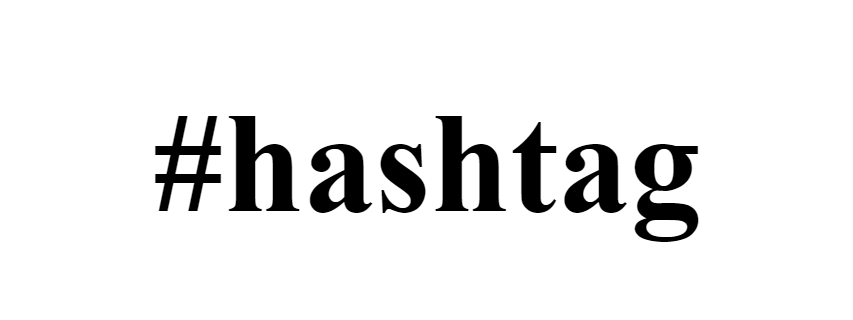
Some old schools have their own school language, known and used by pupils and staff alike: this writer’s old school used words like banco (prep or homework), beak (teacher), adsum (morning roll call), homebill (evening meal), jibs (evening roll call) and hash (lessons). All new pupils would have to learn them within a short period of time while it is hard to forget them decades later. However, when the words are raised in conversation, people who have not been at that school will look on in bewilderment at what on earth was being said. They do not understand the meaning.
However, we may recognise that word ‘hash’, as many a time we may have been advised that we have made a hash of something, in the sense that we have ruined or spoiled something important, that we have totally messed up, that we have done something very badly. It was first used, records show, in 1833 where it referred to “a jumble of mangled fragments”. We would think carefully before we rushed home and told our parents with glee that we made a hash of Maths today!
That might make it interesting when we consider the modern term ‘hashtag’! Clearly, we would not wish anyone to consider the tag we are applying to some event or issue to be a ‘hash’! Would we consider it any better if we created some other similar labels, such as trashbag, flashwag, crashmag, dashlag? Will such terms catch on? Unlikely, would we not agree? Or should we say #nochance? The way that some people use hashtags to attract attention by using false tags is a real hash, though.
However, we are left with hashtag in our modern world and we use them regularly to catch people’s attention, to raise an interest in our particular interest, belief or cause, to connect with other people who may be of a similar mindset. Popular (though general) ones may well be #photography, #art, #fashion, #love but then there are those making statements, like #dontbeajerk, #knowyourworth, #betheperson, #wonderingwhy, #notgoodenough before we come to the yet more specific and more serious causes (sorry, that should be #moreseriouscauses) such as #blacklivesmatter and #chooselife. However, have we ever stopped to consider why we have now resorted to speaking in the language of hashtag? #Whyhashtag? #Whatsthebenefit?
We could argue there is some good that comes from it. In one sense it is no different from the headlines that are placed at the top of newspaper or magazine articles; we have been doing that for years. This article should then be entitled #makingahashofit. The purpose of the headline (#hashtag) is to persuade the reader to read, intrigues sufficiently with the topic without knowing exactly what to expect. It might be catchy; it might be clever; it may just be informative but it must be clear. In that regard, writing a headline or constructing a hashtag is a useful test of summary skills. How can we sum up what the whole matter is about? Too many items can be too vague and loose, so headlines and hashtags can capture the essence of the topic well. #Beveryclearinyourthinking.
Similarly, hashtags might be seen to be useful in saving time, energy and space, simply by pointing people in a few words to the heart of the matter, to what we stand for or believe (#bebrief). Furthermore, they may help to keep the subject in people’s minds longer by being easier to remember (#besmart). They might then reach a wider audience for people to consider (#thinkbig).
However, there may be a danger in them as we move away from writing clearly in full well-constructed and connected sentences. As with the proliferation of emojis and acronyms, we are almost going back in time to the time of cave paintings, with limited expression and random comments that could be misinterpreted. What then are we teaching our youngsters by allowing or encouraging hashtags? We must ensure they are able to express themselves clearly, accurately.
It would appear that we are meant to believe that if we put a hashtag in front of a statement, we should take greater notice to what is written. So what will we make of #school language, #hashtaglanguage? We do well to remember that it is only a tag, a label. We must not make a hash of it. Let us not get caught up in complicated convoluted writing (#sayinveryfewwords); rather we must teach them to write in full clear sentences (#writeinfullclearsentences). #gotit?
- Making a hash of it
Keep Reading
- Tim Middleton is the executive director of the Association of Trust Schools [ATS]. The views expressed in this article, however, are solely those of the author in his private capacity and do not necessarily represent the views of the ATS.
- Email: [email protected]
- website: www.atschisz











